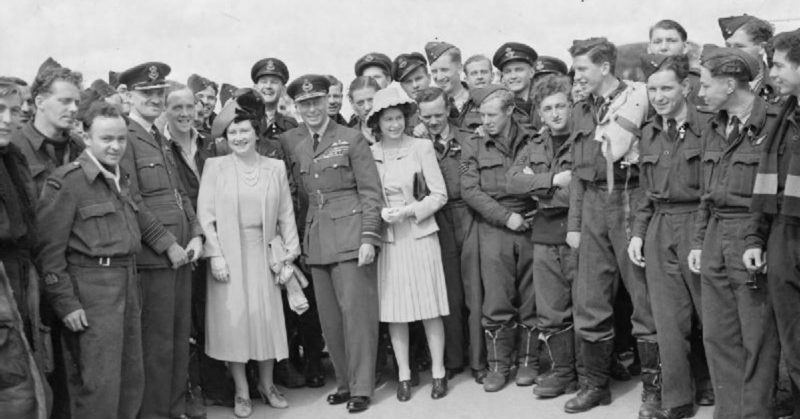The Royal Family sitting tight at the palace rather than fleeing for a safe harbor not only rankled Germany, it provided much-needed reassurances to the British people.
Queen Elizabeth II was still a young girl when the Second World War was raging, but she was determined that, if the Nazis arrived on her family’s doorstep at Buckingham Palace, she would stand firm and fight.
As a new documentary, D-Day: The King Who Fooled Hitler, recently aired in the U.K. makes clear, the Royal Family was prepared to fight back if the Germans invaded.
Although Winston Churchill, the Prime Minister during the war years, wanted the family to leave the palace, King George VI flatly refused. He felt it was the duty of him and his family to stand alongside their countrymen during the six-year-long battle.
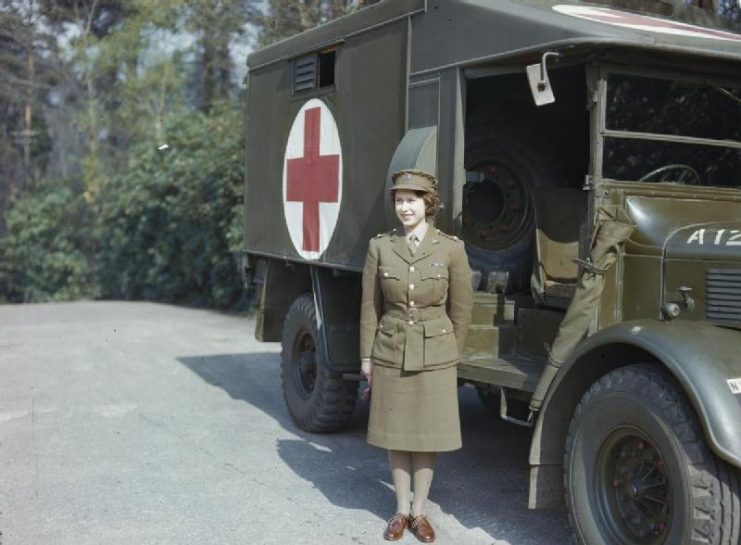
According to the documentary, it was in the fall of 1940 that the king was pressed to get the Royal Family out of harm’s way by evacuating them to Canada for the duration of the war. But the king had other ideas. “We’re not going,” he flatly told officials from MI6.
In the documentary, Professor Richard Aldrick from the University of Warwick recounts that the king “said that not even the children are going to be evacuated. Everybody is going to stay and everybody is going to fight.” George was determined that his family would fend for themselves, not just rely on guards to protect them.
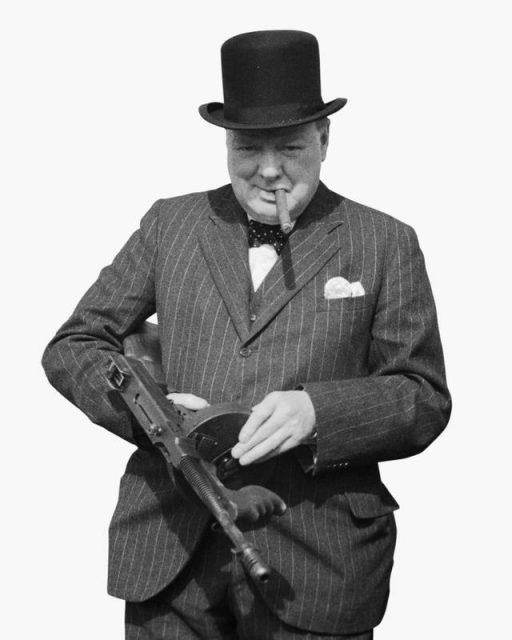
So, Churchill had a Tommy gun, a type of machine gun popular during the war, sent to the palace and everyone received training on how to fire it, including the children.
Professor Aldrick explains how the king and queen and the whole Royal Family practiced with firearms in the garden of Buckingham Palace and at Windsor. This indicated that the king genuinely expected German paratroopers to turn up at any moment. He never went anywhere in his car without a rifle and a pistol.
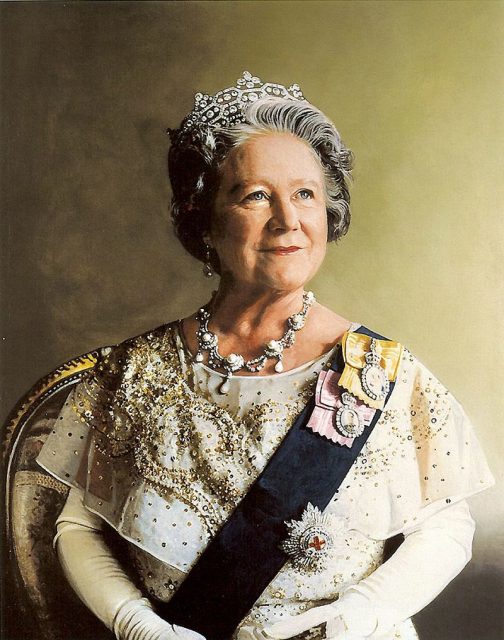
The documentary makes it clear that the queen — who later became known as the Queen Mother — enjoyed taking “pot shots” at rats. Apparently, the palace gardens were overrun with them, a consequence of the Blitz, during which buildings were blasted from their foundations and vermin went scurrying everywhere.
The entire family became proficient with rifles and pistols as well as the Tommy gun Churchill had sent to the palace.
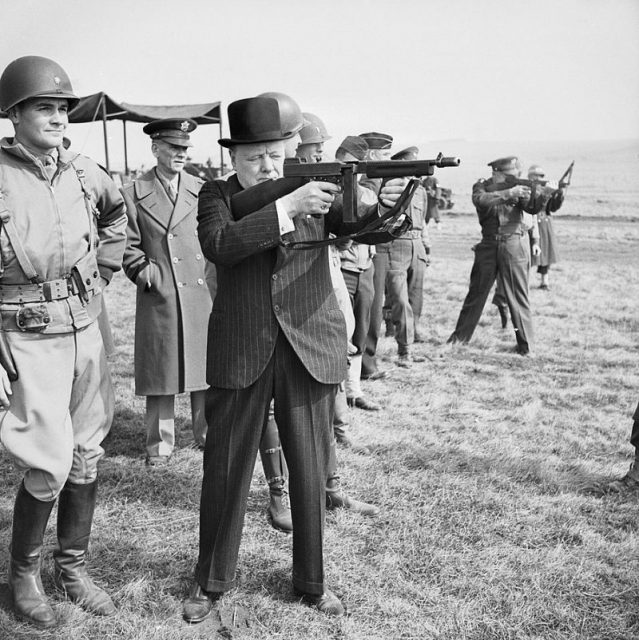
But the king was so anxious to help his country’s war effort he went even further than arming his family and staying in residence. According to the documentary, by 1944 he was engaged in a plan with MI6 to distract the enemy with misdirected plans about D-Day.
King George participated in a series of visits to military installations across the United Kingdom that lent the impression, to anyone who was paying close attention, that the Allies were going to invade anywhere but Normandy. Norway, perhaps, or even Calais, but not Normandy.
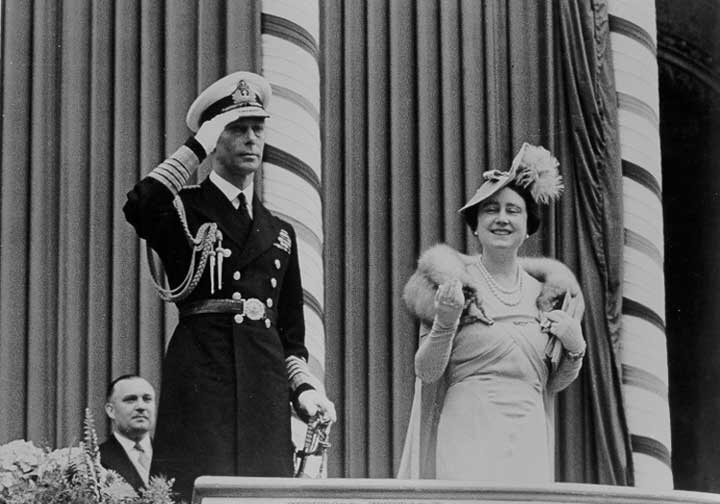
The king had his family with him on several occasions to lend more significance to these visits, and it was one of these visits which saw Elizabeth do her first, full-length tour with her family.
The Germans paid close attention to the media coverage these visits produced and thought they could infer where the greatest likelihood of an attack was. The king’s presence lent authenticity and importance to a particular troop’s image, a kind of “if he’s here, they must be preparing for battle” scenario.
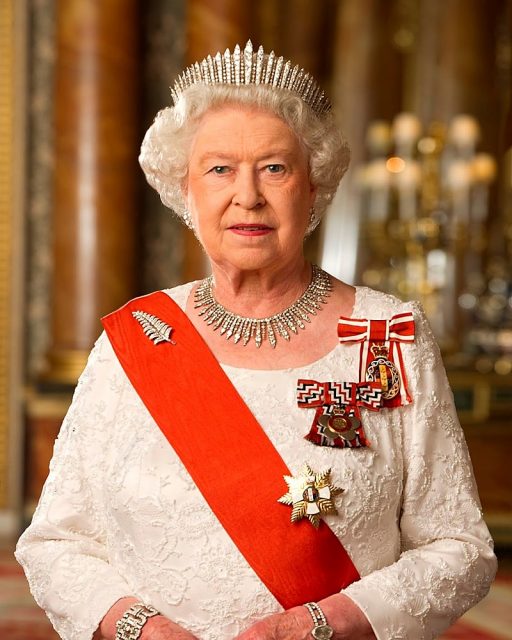
That was precisely the kind of misdirection the king and the government wanted to create. Consequently, when the Allies invaded Normandy in June 1944, it came as a shock to the Germans who had occupied France for several years earlier.
The Royal Family sitting tight at the palace rather than fleeing for a safe harbor not only rankled Germany, it provided much-needed reassurances to the British people.
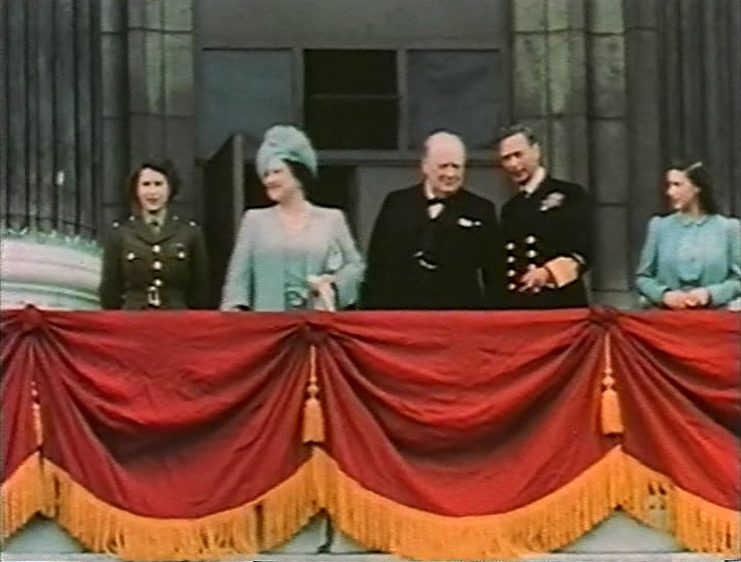
Read another story from us: God Save the Queen: Elizabeth in WWII
In the documentary, Aldrick explains how George’s insistence on his household receiving gun training was “symbolic.” He adds that the king was “showing this off to cabinet ministers, to visiting diplomats. And he [was] sending out the message that we’re not going to run.”
There may be no message more important that a country’s leaders can impart during times of war and great sacrifice than “we are all in this together.”
–
Correction.
In the original version of the article, we misstated “..the Allies invaded Normandy in June 1945…”. The correct date is 1944.
We made the correction on 08.05.2019
